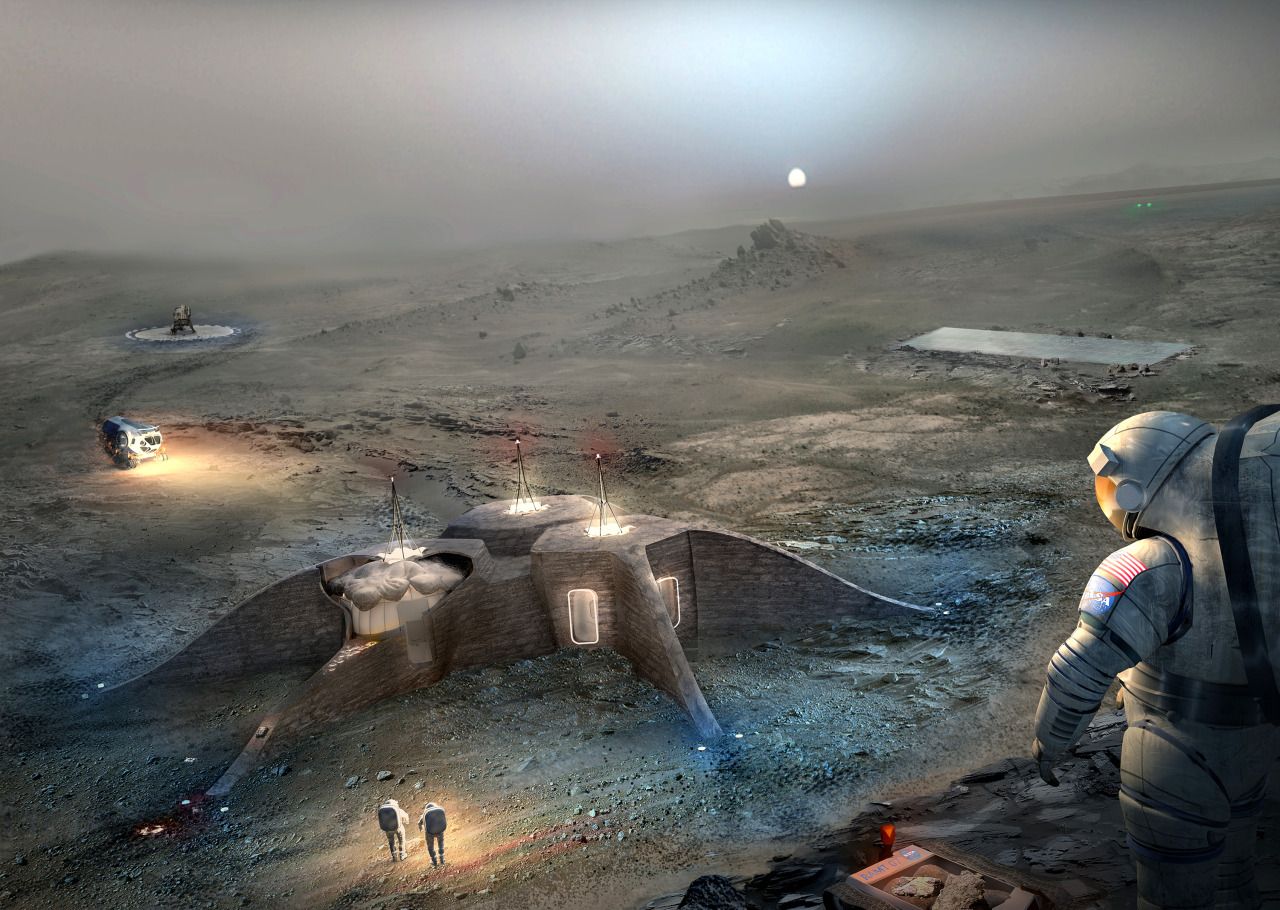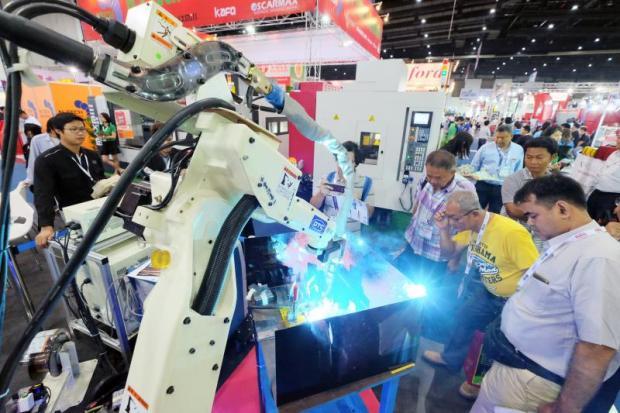Page 10170
Aug 30, 2017
Japan’s SoftBank Is Investing Billions in the Technological Future
Posted by Klaus Baldauf in category: futurism

https://youtube.com/watch?v=XqYInxl6RIk
Remember the 1980s movie Brewster’s Millions, in which a minor league baseball pitcher (played by Richard Pryor) must spend $30 million in 30 days to inherit $300 million? Pryor goes on an epic spending spree for a bigger payoff down the road.
One of the world’s biggest public companies is making that film look like a weekend in the Hamptons. Japan’s SoftBank Group, led by its indefatigable CEO Masayoshi Son, is shooting to invest $100 billion over the next five years toward what the company calls the information revolution.
Continue reading “Japan’s SoftBank Is Investing Billions in the Technological Future” »
Aug 30, 2017
Phase two of NASA’s deep space habitat challenge finds a winner in architect & tech firm collaboration
Posted by Klaus Baldauf in categories: 3D printing, habitats, space travel, sustainability
As part of its support for the application 3D printing technology to deep space exploration, NASA has awarded a $250,000 prize to a joint team consisting of members from Foster+Partners California and Branch Technology (based in Chattanooga, Tennessee).
NASA’s competition, which has now reached level three of its second phase, aims to “advance construction technology needed to create sustainable housing solutions for Earth and beyond”, most notably with the aim of accommodating astronauts on Mars and building human colonies in outer space.
Aug 30, 2017
Edited embryos mean U.S. scientists have passed a major milestone
Posted by Dan Kummer in categories: bioengineering, biotech/medical, genetics, government

It is important to note that none of the embryos were allowed to develop for more than a few days, and that the team never had any intention of implanting them into a womb. However, it seems that this is largely due to ongoing regulatory issues, as opposed to issues with the technology itself.
In the United States, all efforts to turn edited embryos into a baby — to bring the embryo to full term — have been blocked by Congress, which added language to the Department of Health and Human Services funding bill that forbids it from approving any such clinical trials.
Continue reading “Edited embryos mean U.S. scientists have passed a major milestone” »
Aug 30, 2017
Development plan for robotics gets nod
Posted by Derick Lee in categories: policy, robotics/AI
The cabinet also approved a slew of measures to support the development of robotics and other targeted industries to keep up with the Thailand 4.0 policy.
Industry Minister Uttama Savanayana said the measures are aimed at encouraging the manufacturing and service sectors to increase productivity through the use of robotics and automation systems.
Aug 29, 2017
A Chicagoland hospital is adding a new test to its annual checkup — and it could be the future of medicine
Posted by Aleksandar Vukovic in categories: biotech/medical, genetics
A Chicagoland hospital system has added something new to its patients’ annual checkups: the option to get a genetic test.
Until now, DNA tests have tended to live either in the consumer realm or through referrals to specialists when a patient brings it up.
NorthShore University HealthSystem wants to bring that conversation about genetics into every doctor’s office during annual checkups.
Aug 29, 2017
Russians Lead the Quantum Computer Race With 51-Qubit Machine
Posted by Dan Kummer in categories: computing, quantum physics

Russian scientists collaborating with an international team presented their 51-qubit quantum computer processor to the ICQT 2017 in Moscow.
Aug 29, 2017
This ancient tablet is probably better at trigonometry than today’s mathematicians
Posted by Shailesh Prasad in category: mathematics
Aug 29, 2017
Scientists Make It Rain Diamonds In The Lab
Posted by Shailesh Prasad in category: space
The first time and only time I’ve been to the United States was when I carried out a summer placement at the SLAC National Accelerator Laboratory. To get there, I had to have an interview at the U.S. embassy, where when asked what I was going to do in the U.S. I said that I’d be making diamonds. My interviewer laughed at me. But it was true, that was the experiment I was going to help out with. And now, a research collaboration of scientists from all over the world have, for the first time, created “diamond rain” in the laboratory to mimic the conditions of the interiors of icy giant planets. Dominik Kraus, scientist at Helmholtz Zentrum Dresden-Rossendorf, described this work as “one of the best moments of my scientific career.”
Icy giant planets like Neptune and Uranus in our solar system, are planets with a gaseous atmosphere and a rocky core surrounded by a dense slush of different ices. The ices are generally hydrocarbons made of heavier elements including oxygen, carbon, sulfur and nitrogen bonded to hydrogen. Under extremely high pressures, diamond rain can be seen deep inside their interiors. This occurs when the hydrogen and carbon are squeezed by extreme pressures to form solid diamonds. They then slowly sink towards the center of the icy giant forming a layer around the rocky core, just like rain sinks in our atmosphere towards the surface of Earth.















